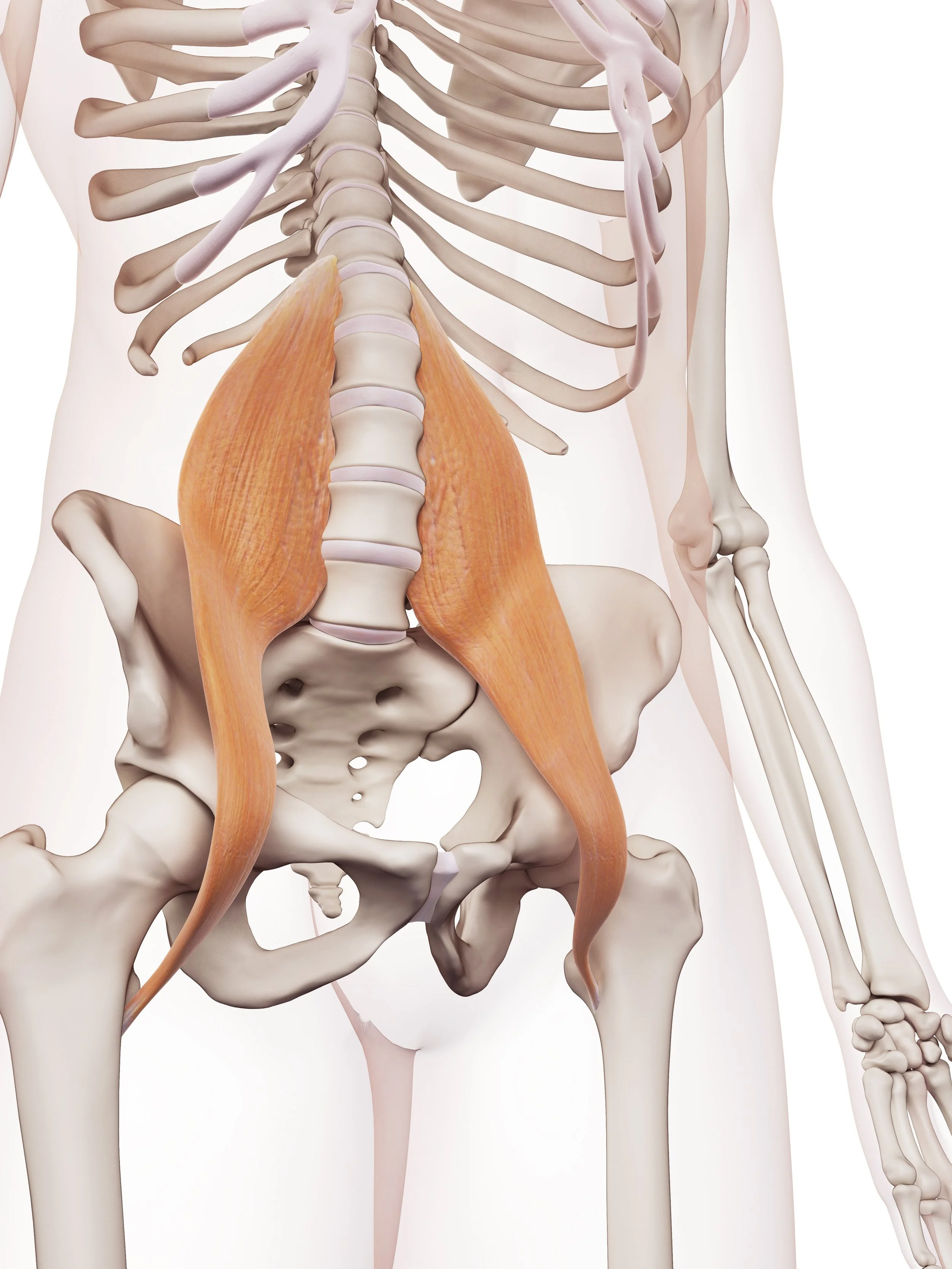As life goes, it's usually a series of similar discussions and encounters at the office that prompt me to write a blog and this week is no exception. I was looking at a series of labs, fitness trackers readings, and the topic of sleep apnea kept coming back.
Sleep apnea is a condition whereby you do not get enough oxygen into your body, and especially your brain, while you are asleep. It's actually a pretty broad umbrella of a variety of causes and conditions themselves. Most people are familiar with obstructive sleep apnea (OSA), a type of apnea caused by a narrowing of the upper airways and often associated with loud snoring and choking. There is another type of apnea that I seem to encounter increasingly called central sleep apnea, which is caused by a decrease breathing reflex while a person is asleep and is completely different from OSA.
Sleep apnea is really quite serious. Unfortunately a lot of patient suffering from it are very lackadaisical about it. Since snoring is often associated with OSA, patient suffering from OSA who are not themselves waking up from their snoring think of it as an inconvenience to others without considering the serious health ramifications for themselves (and to the people suffering from sleep deprivation as a result of their snoring).
Patients who are aware of the health implications of sleep apnea tend to understand the implication for cardiovascular health and stroke risk. Both of which are obviously very important. In my practice however, the detrimental affect of sleep apnea tends to manifest in different systems: chronic oxygen deprivation leads to very poor soft tissue recovery and healing, meaning that patient have slow recovery from the treatment, easy aggravations and re-injuries. For patients seeking general health and nutrition recommendations, the oxygen deprivation of sleep apnea is often associated with vague symptoms that are difficult to manage: fatigue, especially morning fatigue, mood disorders, cognitive decline.
Obstructive sleep apnea is often associated with environmental factors that can be modified such as abdominal obesity, chronic use of alcohol or other central nervous system suppressants. Most people are already aware of that. However there are other risk factors commonly encountered in a chiropractic practice that can increase the risk of obstructive sleep apnea. Namely significant anterior cervical curve dysfunction (causing some crowding of the upper airway), soft tissue adhesions from previous anterior cervical muscular injuries such as whiplash, mildly depressed brainstem function from even mild TBI's. I often see that some patients reported decrease in their snoring and choking at night when those are treated. However, as a starting point patients should always get a firm diagnosis of obstructive sleep apnea and monitor the effectiveness of any therapy rather than operating under the assumption that it is being resolved. There is too much at stake, especially for long-term brain health and cardiac health, to be wrong on that.
The diagnosis of sleep apnea is made through a sleep test that measures various vitals while the patient is asleep (respiration, oxygen saturation, heart rate etc.). A traditional sleeping test is done in an outpatient hospital lab. They are still the medical gold standard, however due to the associated costs in the thousands of dollars, and the fact that patients often sleep very differently when in a foreign environment much less hooked up to electrodes and knowing that they are being watched, so at home take screening tests are becoming more popular and prescribed by primary care physicians. That is my preferred route, however I do recognize that there are some barriers that will prevent people from pursuing that route (not having a PCP, fear of medical encounters, uninsured/underinsured). In those cases, for under $200 you can obtain an over-the-counter FDA approved version to do it yourself at home, such as the one in the example below (I do not endorse any brand or product, this is just an example you can find by doing a brief Google search)
https://lofta.com/products/sleep-apnea-test?currency=USD
treating sleep apnea is a topic that will not fit in this blog, and may be worthy of a follow-up. Traditional CPAP machines, oral appliances, throat exercises, weight loss, brainstem vagal exercises all can play a part in improving someone's sleep apnea. The bottom line is that you have to monitor the effectiveness of the treatment with some objective follow-up sleep data in order to ensure that you not continuing to sleep with your head on the water for 8 hours every night.





